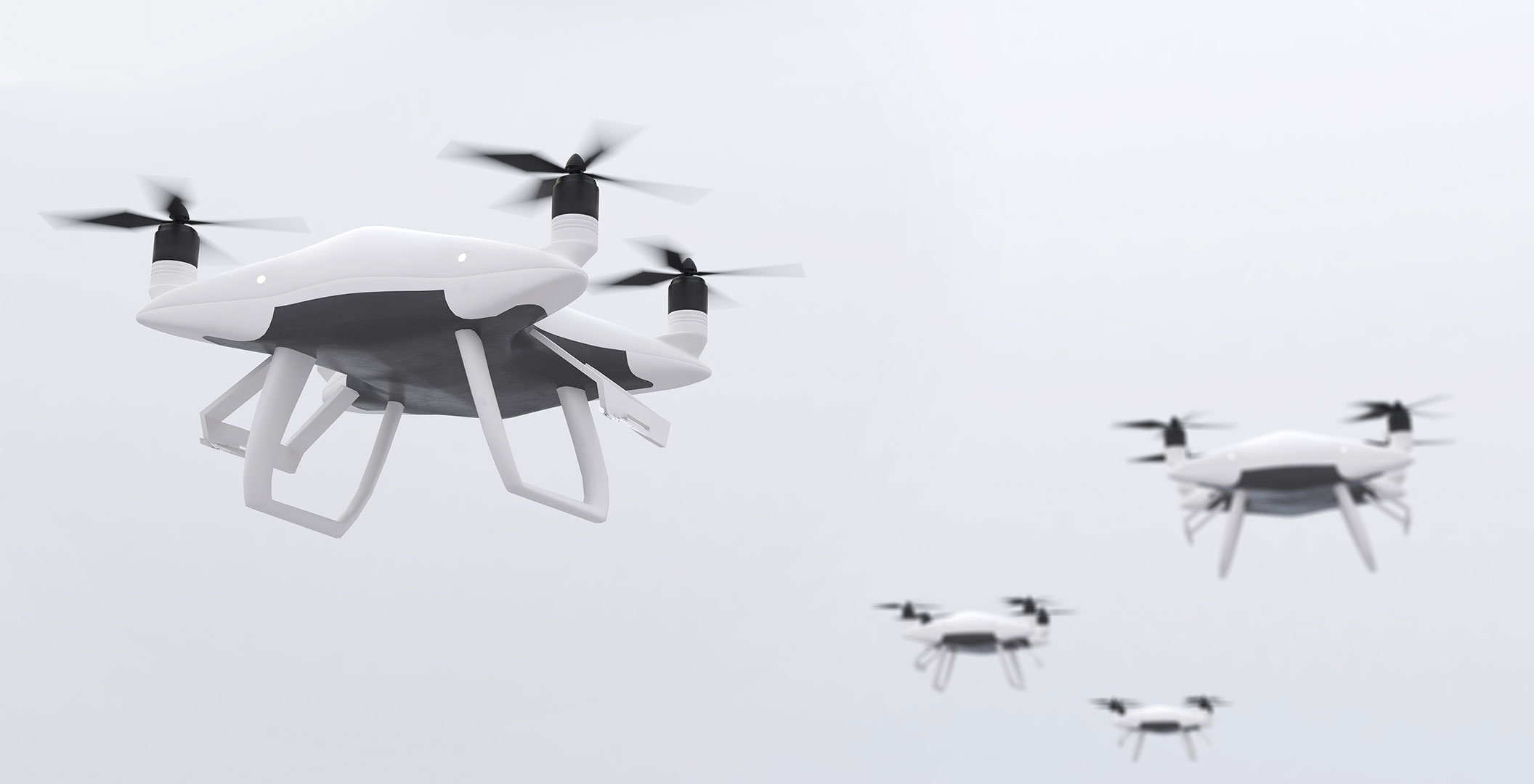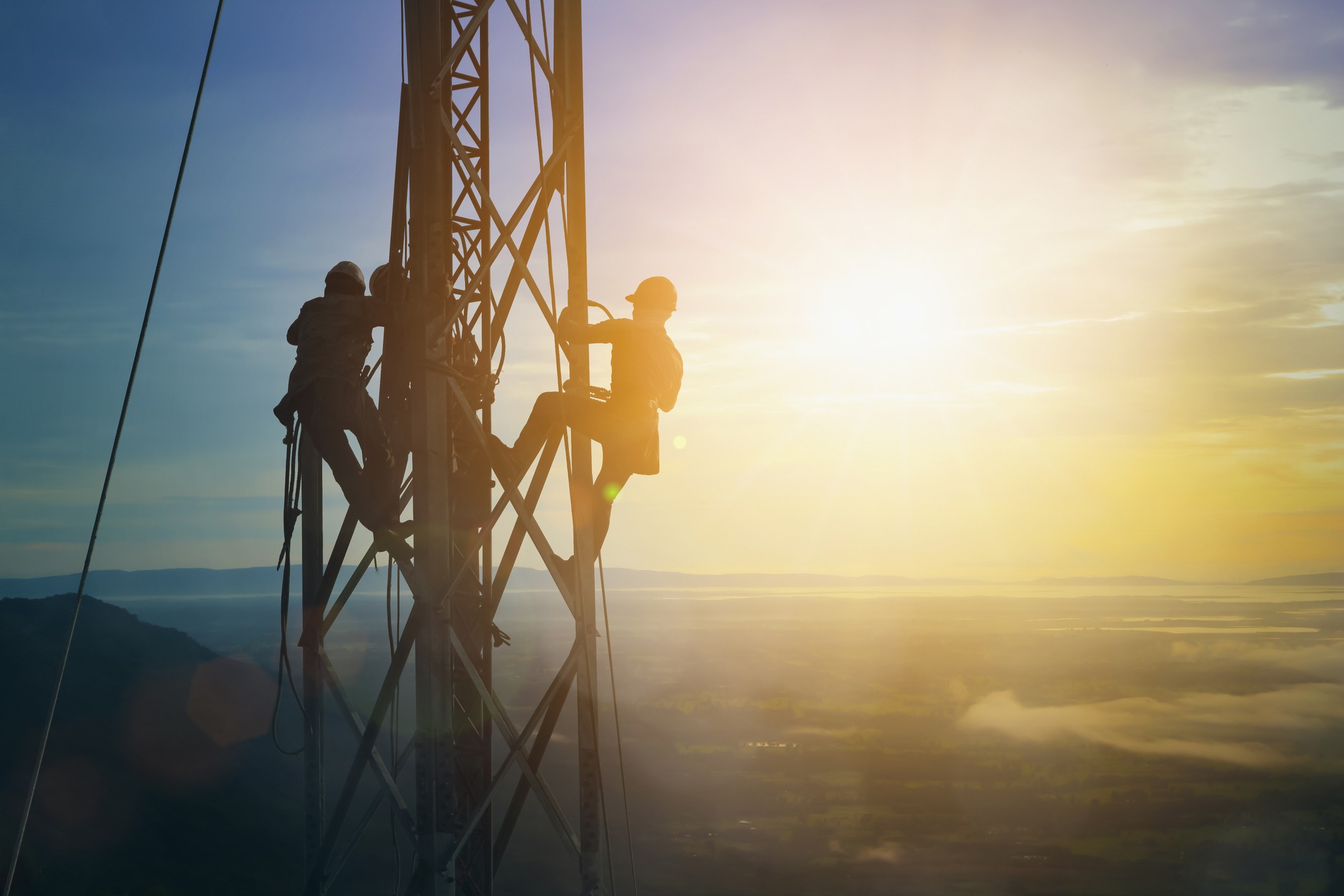Let Go of the Controls — and We Can Fly

“The Terminator” … “the robots are taking over mankind,”
…several engineers said — only half in jest — when asked at the AUVSI’s XPONENTIAL 2017 what they believe most worries consumers and policymakers about their technology.
Over the last several days, many of the most innovative companies in the world swarmed downtown Dallas to show off their new drones, robots and other unmanned technology. With their hardware on display and software on their tongues, it was clear that it wasn’t only science fiction on the mind:
- Drones have now successfully delivered medical supplies (and pizza!) in a real-world setting.
- Drones have successfully flown autonomously (i.e., completely on their own … with no one at the controls).
The excitement over the current uses — and future possibilities — of this technology flew through the air and landed in the ears of every passerby who stopped long enough to hear the pitch. Today, these drones and robots are already assisting to save lives, increase crop yields, inspect bridges and win wars. Imagine what they can do tomorrow.

There lies the challenge for this industry going forward: fear can be contagious, but its spread can be stopped with a heavy dose of excitement. That excitement will continue to hang from the rafters of the Convention Center in Dallas even after the last exhibit has been taken down. But, it won’t find its way into the public’s imagination without a strong and concerted effort, which has been lacking to date.
After all, there is still a lot of policy to be debated and consumers’ imagination to be won before the Terminator arrives on “judgment day.”






